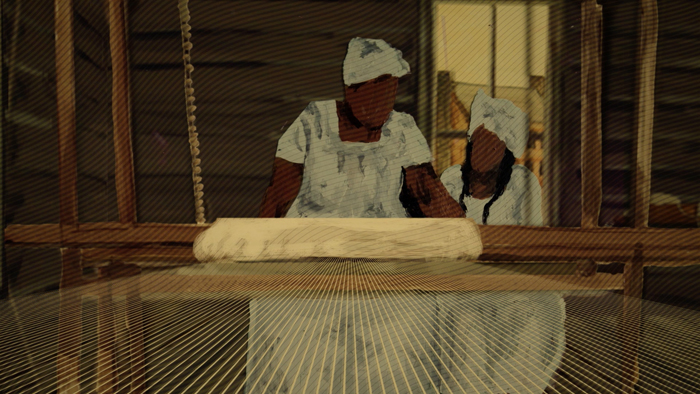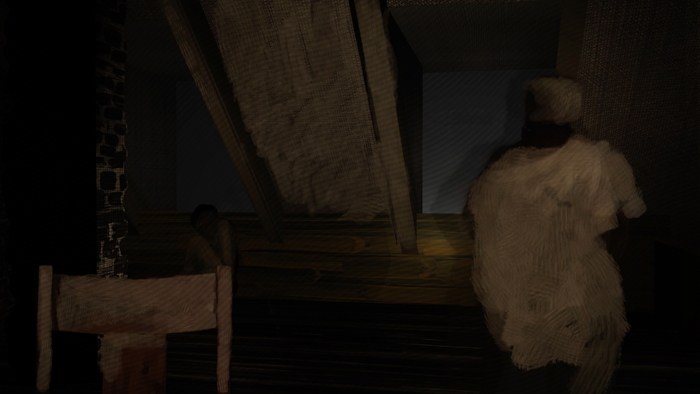Production The Process of Historical Animation
question_answer A Conversation with the Co-Producers
Our team undertook documentary strategies to ensure that the details of the animation were as historically accurate as possible. We compiled a database of images and contextual information for each scene containing references and examples of local buildings, structures, tools, utensils, clothing, and hair styles. Here, we break down the animation process and the decisions we made about how to portray Anna's world.





